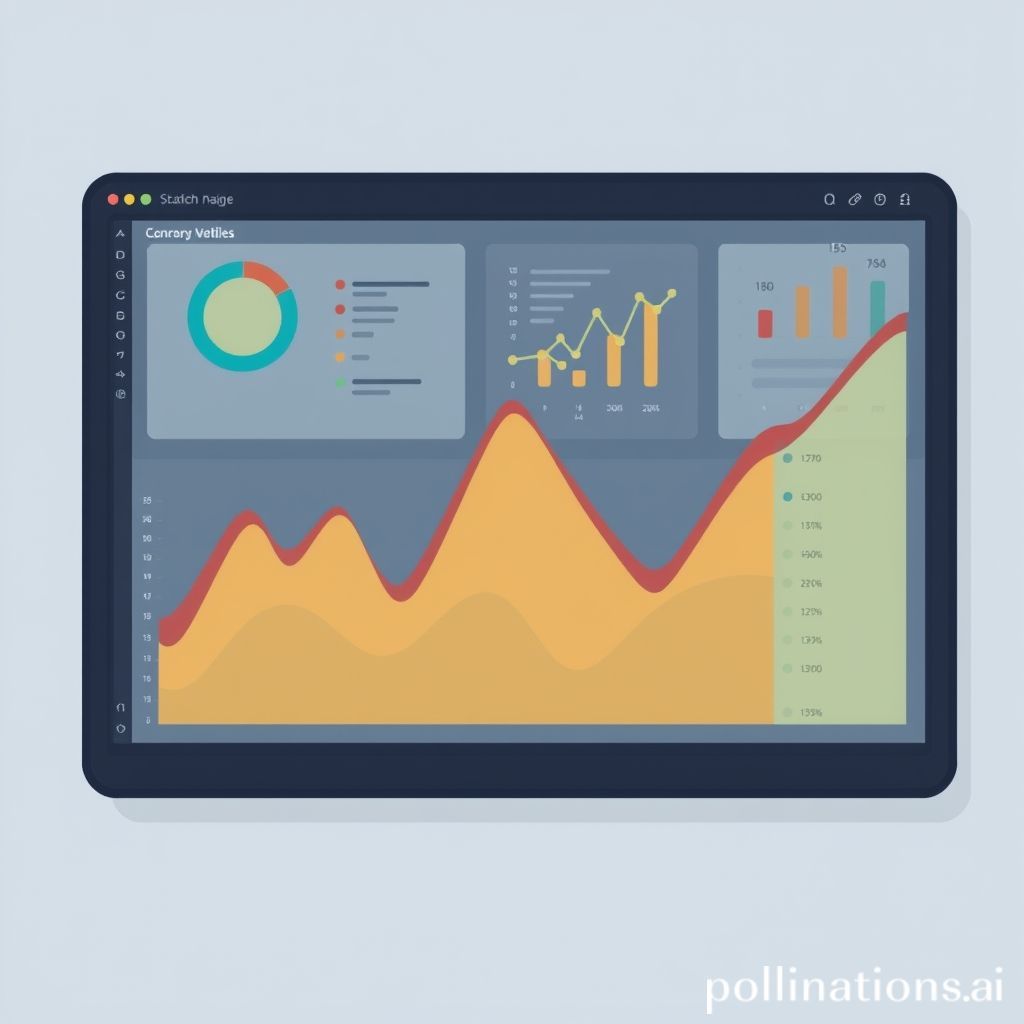
Building Interactive Dashboards with Plotly
In the world of data visualization, creating interactive dashboards has become essential for effectively conveying information. Plotly, a versatile library for Python, R, and JavaScript, has emerged as one of the leading tools for building interactive dashboards due to its rich feature set and user-friendly interface. In this article, we will explore how to build interactive dashboards using Plotly.
Getting Started with Plotly
To begin, you'll need to install Plotly. If you're using Python, you can easily install it via pip:
pip install plotly
After installation, you can import Plotly in your Python scripts:
import plotly.graph_objects as goimport plotly.express as px
Creating Your First Dashboard
The first step in creating an interactive dashboard is to define the data you want to visualize. Plotly allows you to create various types of plots, such as scatter plots, bar charts, and line charts. For instance, let’s create a simple scatter plot:
Here is an example using Plotly Express:
df = px.data.iris()fig = px.scatter(df, x='sepal_width', y='sepal_length', color='species')fig.show()
This code snippet loads the famous iris dataset and generates a scatter plot, colored by species. The fig.show() function will render the plot in a web browser, allowing for basic interaction, such as zooming and hovering.
Enhancing Interactivity
To make your dashboard more interactive, you can use Plotly Dash, a framework for building web applications using Plotly visualizations. Dash allows you to create complex dashboards that can respond to user inputs and display dynamic content. To install Dash, run:
pip install dash
A Basic Dash Application
Here is an example of a basic Dash application:
from dash import Dash, html, dccapp = Dash(__name__)app.layout = html.Div(children=[html.H1(children='Iris Dataset Dashboard'),dcc.Graph(figure=fig)])if __name__ == '__main__':app.run_server(debug=True)
This simple application lays the foundation for an interactive dashboard, displaying the scatter plot created earlier. With Dash, you can expand functionality by adding dropdowns, sliders, and other interactive elements to filter and modify the displayed data dynamically.
Conclusion
Building interactive dashboards with Plotly and Dash allows users to visualize data in an engaging and user-friendly manner. By understanding these tools, you can transform your data storytelling and make informed decisions based on interactive insights. Start exploring Plotly today and take your data visualization skills to the next level!
